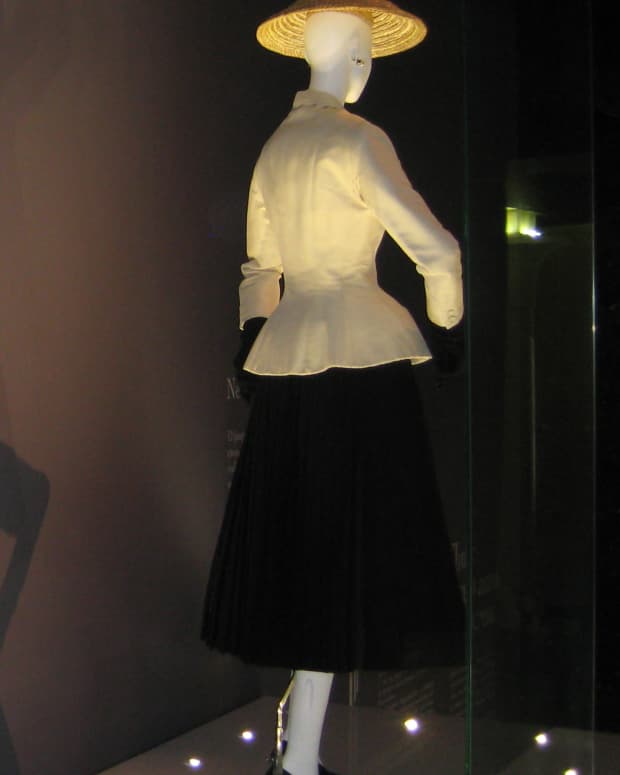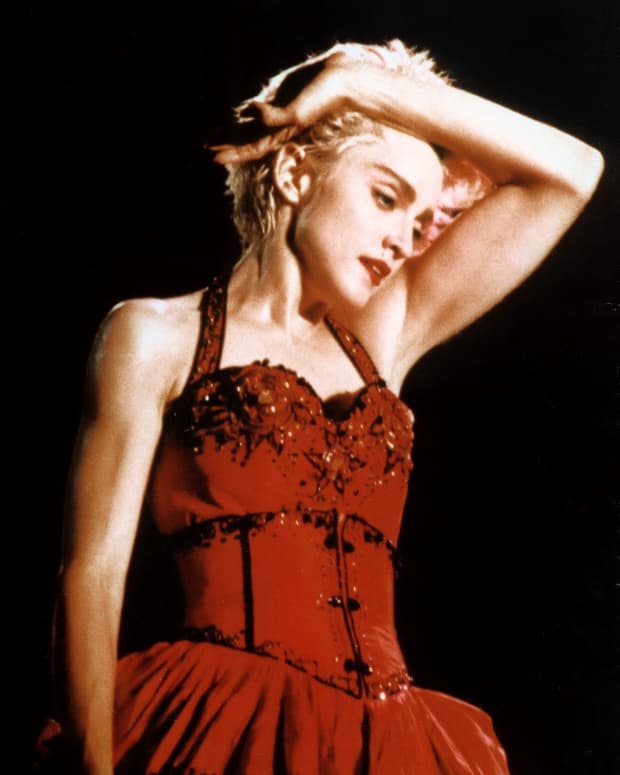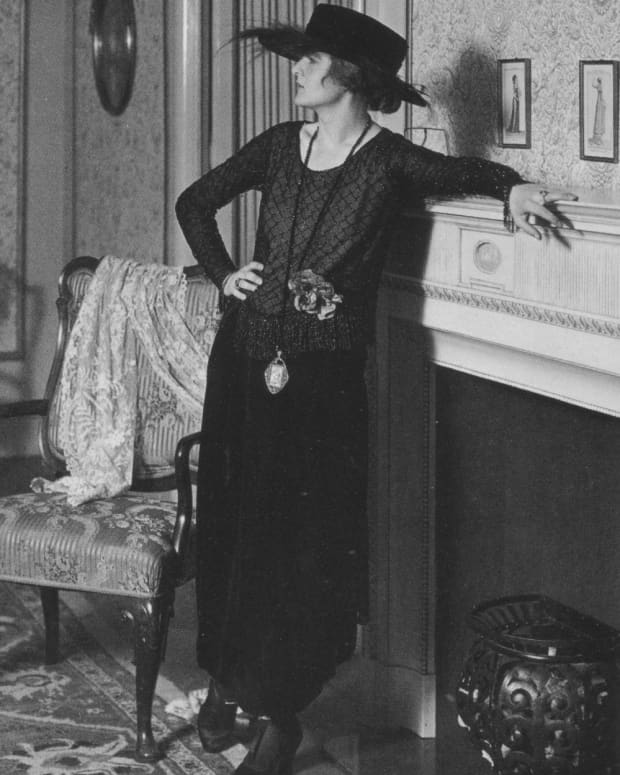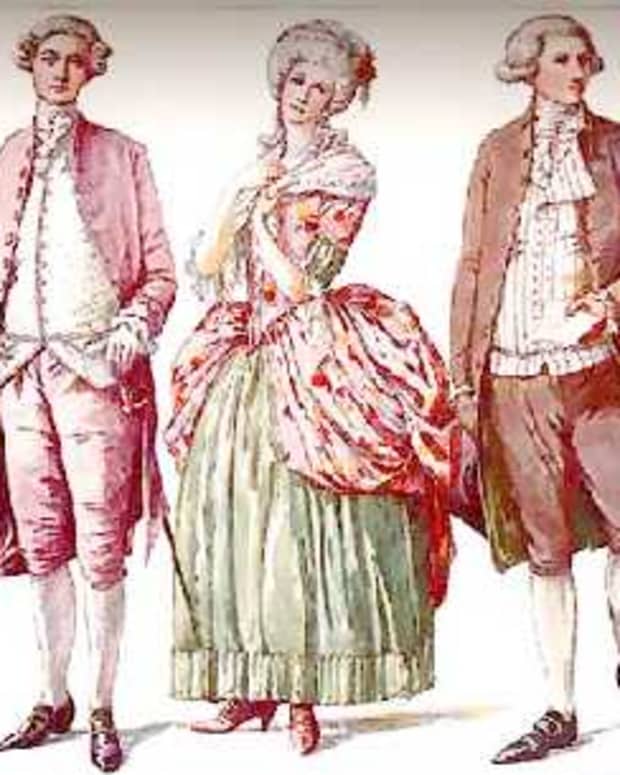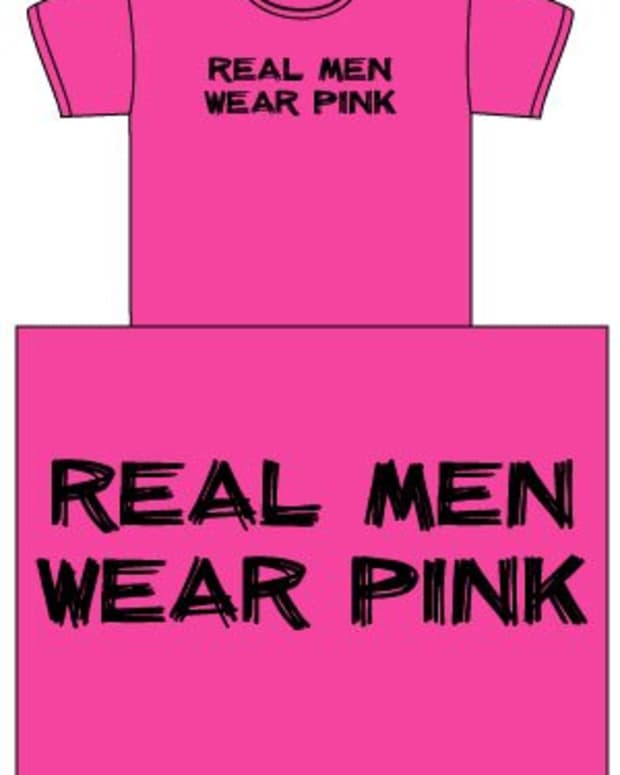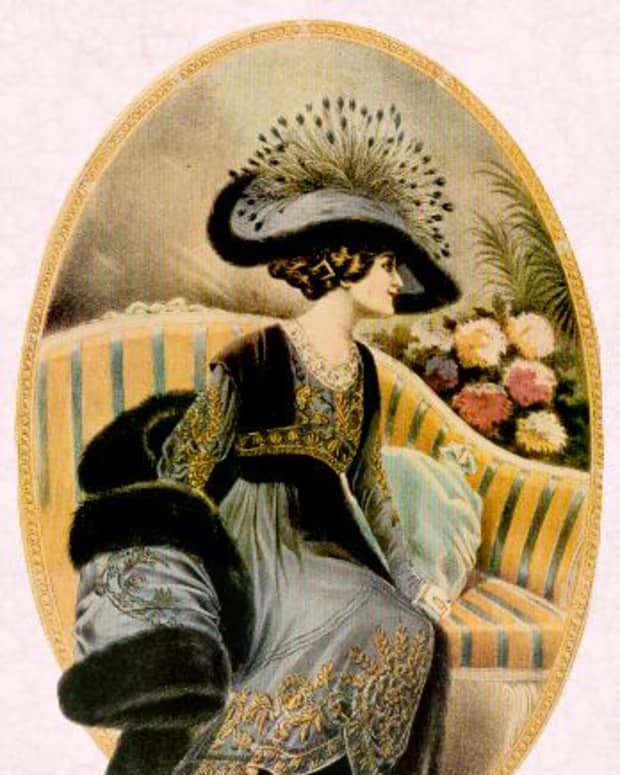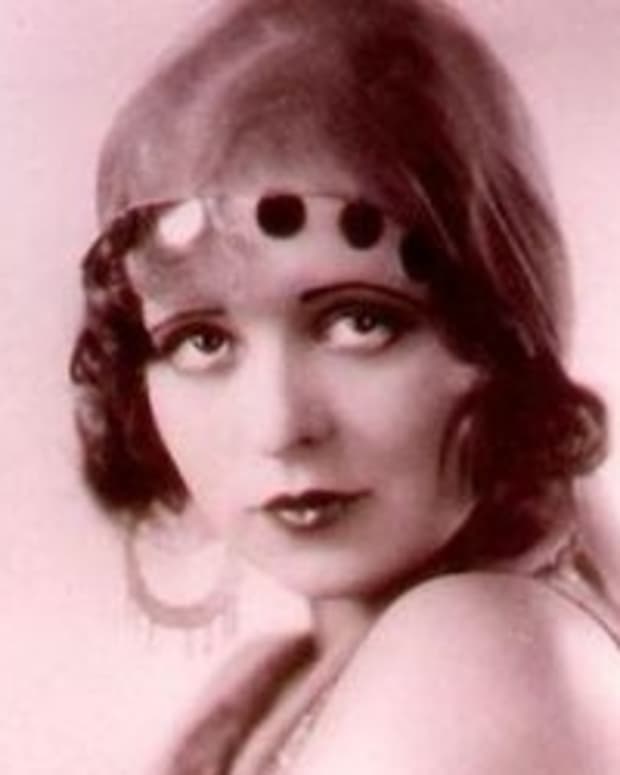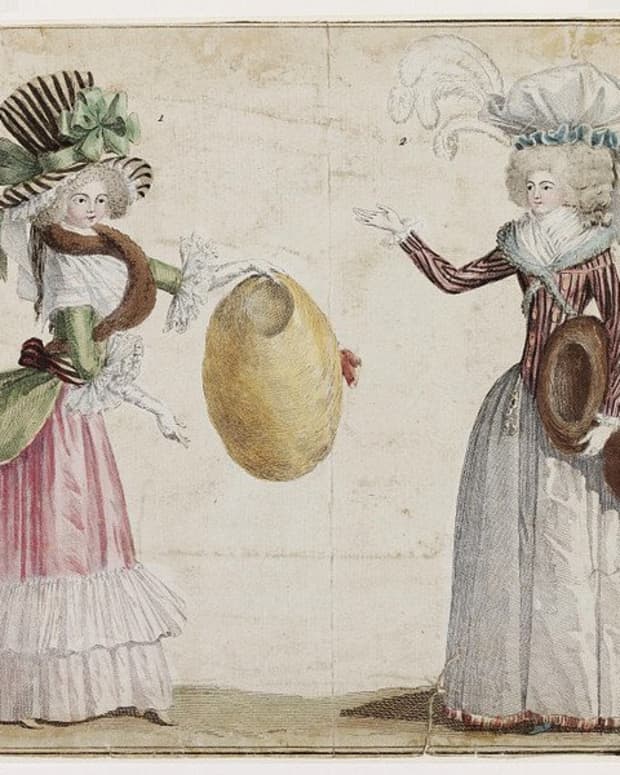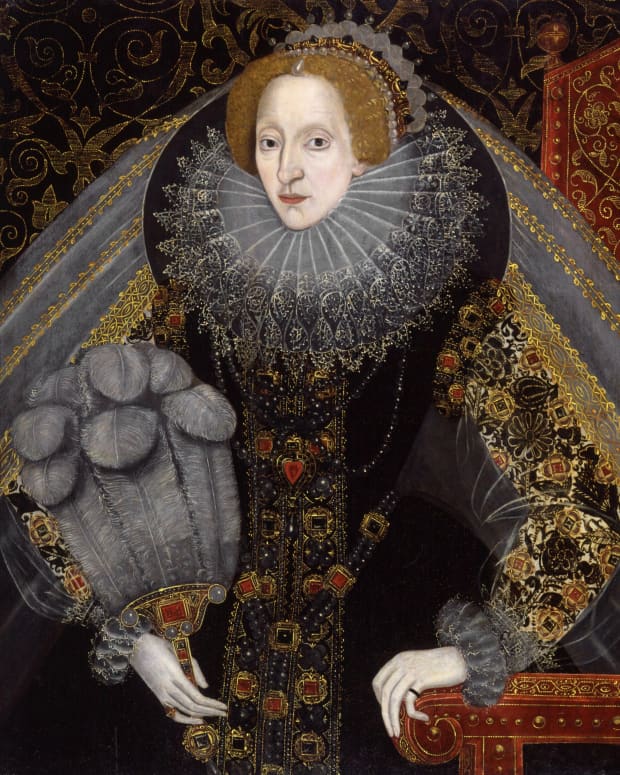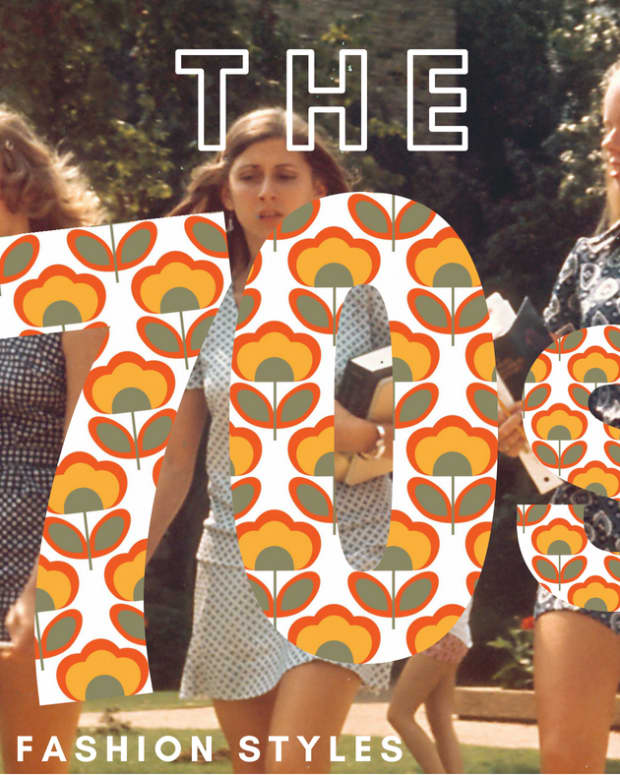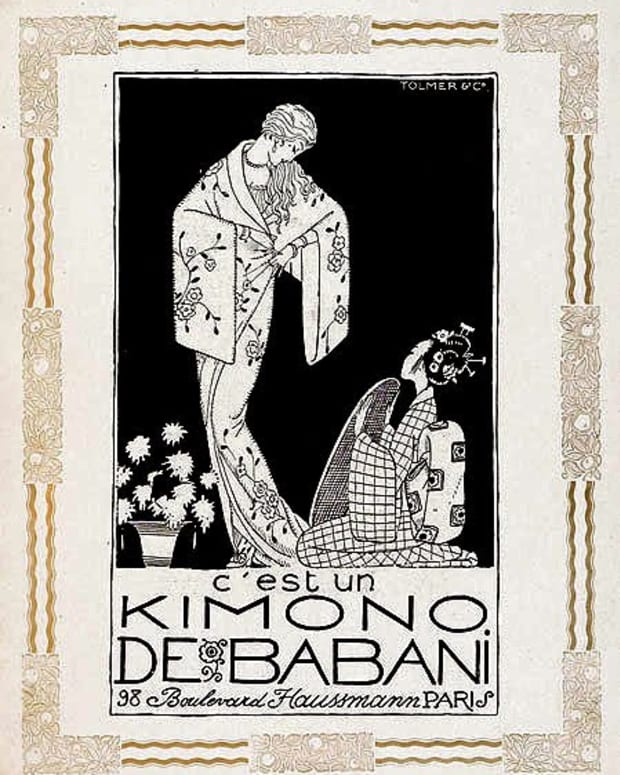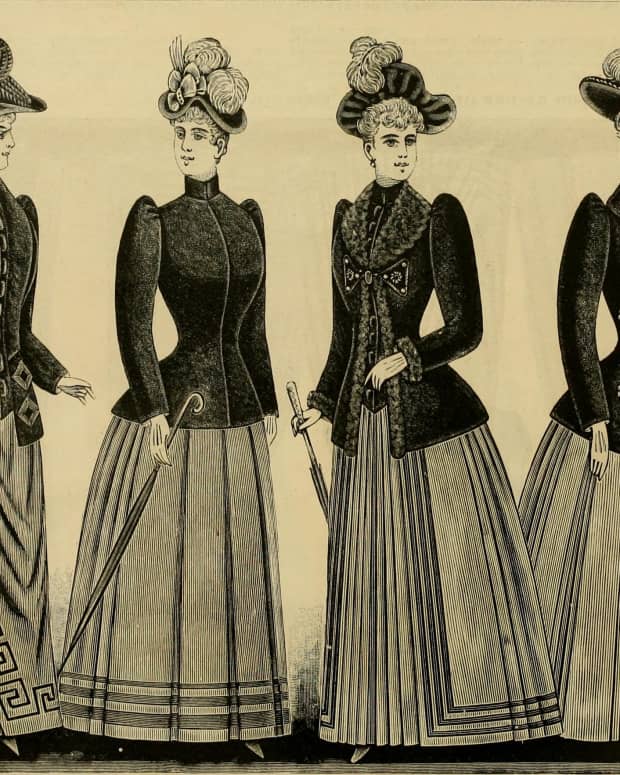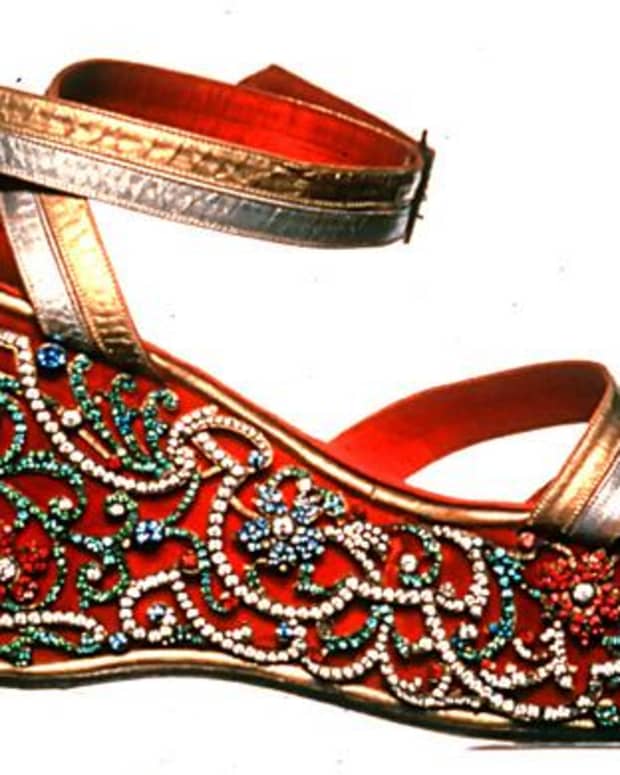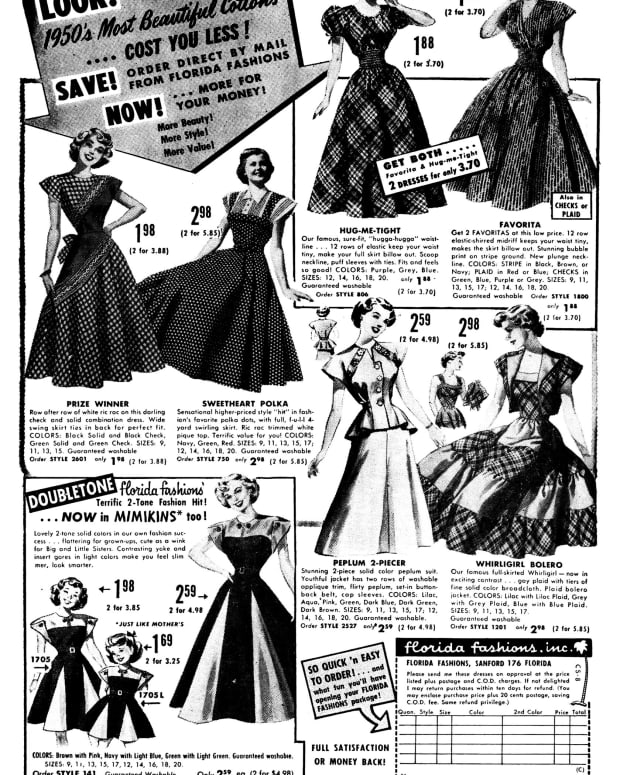"Balenciaga: Shaping Fashion" Exhibition at the V&A Museum
Frances has many years' experience writing about exhibitions in art galleries and museums.
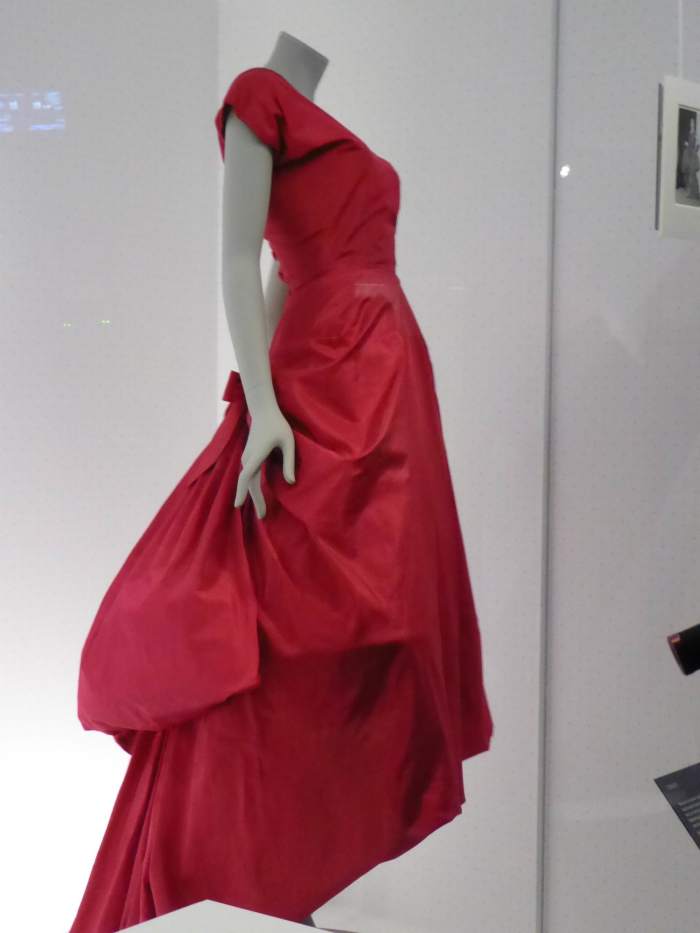
This fuchsia evening dress was the first garment by Balenciaga to enter the V&A's collection. Image by Frances Spiegel with permission from the V&A Museum. All rights reserved.
Celebrating the Work of Cristobal Balenciaga
Balenciaga: Shaping Fashion, an exhibition at London's V&A Museum, celebrates the work of Cristobel Balenciaga. The exhibition looks especially at the designer's output from the 1950s and '60s, which many design historians regard as being his most creative and exciting period.
Sponsored by American Express, the exhibition is curated by Cassie Davies-Strodder, curator of 20th and 21st century fashion collections at the V&A. The display marks the 80th anniversary of the opening of Balenciaga's fashion house in Paris and the centenary of the opening of his first fashion house in San Sebastian.
Features of the Exhibition
The exhibition features more than 120 items, many shown side-by-side with x-rays revealing hitherto unseen design secrets. The show also features garments by designers who worked with Balenciaga as well as items designed by modern-day designers who look to him for their inspiration. The display is enhanced by animated patterns and short films showing design processes uncovering the hidden details that make this designer's work so extraordinary.
About Balenciaga: A Revolutionary Fashion Leader
Speaking recently, Cassie Davies-Strodder described Cristobal Balenciaga as “one of the most influential fashion designers of the 20th century.” Highly respected by contemporaries such as Coco Chanel and Hubert de Givenchy, he was renowned for his adventurous use of fabric and innovative cutting. Known as “the master” of haute couture, he set the tone for late 20th century fashion. He introduced the tunic, the sack, the 'baby doll' and the shift dress, all styles that remain popular in various forms today.
Early Life
The son of a seamstress, Cristobel Balenciaga was born in 1985 in Getaria, northern Spain. At the age of twelve, he began an apprenticeship with a tailor in the nearby fashionable town of San Sebastian.
Fashion Houses
Ten years later, in 1917, he opened his first fashion house there. His training gave him a very special advantage over most other couturiers: He was skilled in every stage of the making process, from designing and cutting to tailoring and dressmaking. His early creations were inspired by French designers including Coco Chanel and Madeleine Vionnet, both of whom were close friends.
Following the success of the San Sebastian fashion house, Balenciaga opened a second fashion house in Paris on the Avenue George V. He remained in Paris for the remainder of his fifty-year career, but he always maintained strong links to Spain, where he established a sister label under the name Eisa.
Highlights of the Exhibition
The display includes ensembles created for Hollywood actress Ava Gardner, hats and dresses made for 1960s socialite and fashion icon Gloria Guinness, and garments worn by Mona von Bismarck. Von Bismarck was one of the world's wealthiest women, and she commissioned everything from Balenciaga, ranging from gardening shorts to ball gowns.
Interview With Stephanie Wood, V&A Research Curator
Stephanie Wood, a V&A Research Assistant, spoke exclusively about the exhibition to Frances Spiegel.
Frances Spiegel (FS): Firstly, can you tell me about the V&A's collection?
Stephanie Wood (SW): We're very lucky, we have the largest collection of Cristóbal Balenciaga garments in the UK. Largely the strength of our collection is from the 1950s and 60s which is also the most experimental time in his career. Most of the collection was formed by Cecil Beaton, the society photographer. He went through his little black book of friends and colleagues and asked them to donate or loan to an exhibition that was going on at the time and off the back of that we have the most wonderful and varied collection of Balenciaga pieces.
FS: Many readers will be interested in the actual setting up of the exhibition and the special precautions you have to take because some of these items are incredibly fragile.
Read More From Bellatory
SW: It's true. There are a small number of our objects that are very fragile, they're over sixty years old. We have a wonderful curation department and a lot goes into the preparation. Our curators work tirelessly to ensure any item going on display is completely padded. It is completely supported and no part of the item ever touches the mannequin.
FS: During your research did you discover anything that really surprised you?
SW: Yes, one of our pieces, the first ever Balenciaga that we acquired for the collection, is a really beautiful fuchsia-pink dress that has large swathes of fabric that come around the body and gather into a bustle shape at the back. The note that came with the piece said 'our first Balenciaga—what an oddity'.
We never understood what that meant but when we were studying the piece we realised that there are these bizarre ties which we couldn't figure out what to do with. After a lot of research in contemporary magazines from the time we realised that they were probably supposed to be tied around the legs. So this is the first time the garment has ever been displayed in the way it was designed to be worn with the ties around the legs.

This x-ray of the silk taffeta evening dress is shown next to the garment. It reveals the hoops that maintain the shape and volume of garment. Image by Frances Spiegel with permission from V&A Museum. All rights reserved.
FS: Can you tell me about the V&A's collaboration with the artist Nick Veasey?
SW: Yes, we did a collaboration with Nick Veasey, the x-ray artist. He approached the museum and was very keen to x-ray some of the key garments in our collection. He converted an articulated lorry into a mobile x-ray unit which was very exciting. He took a number of our star pieces and x-rayed them. The process was so interesting especially as I'd never dealt with x-ray before.
There were various techniques that we used to create the volume within the dresses so we could get a sense of how the shape worked. There's only certain materials that you can use that don't show up on the x-ray. You can't use any metal or any kind of solid wood so you had to, in a number of cases, pad the dresses with balloons to create the volume of the sleeves, the skirts and things like that.

Hiro (b.1930) Alberta Tiburzi in 'envelope' dress by Cristobal Balenciaga, Harper's Bazaar, June 1967. Copyright Hiro 1967. Balenciaga: Shaping Fashion is at the V&A from 27th May 2017-18th February 2018. vam/ac.uk/balenciaga
V&A Museum
FS: If somebody actually said you could take any one of these pieces home with you and keep it and wear it and love it, which one would it be?
SW: It would probably be the envelope dress because for me its the distillation of all of his ideas he was exploring throughout his career. It's the epitome of his greatest contribution to fashion which was revolutionizing womenswear of the time. That's my favourite piece, it's just the most abstract shape, with the very narrow hem and the very wide shoulders. You really can't see any real shape of the woman wearing it below.
FS: I can't imagine what it would be like to walk in either!
SW: Well, only two were ever sold and one of the clients returned it because she couldn't figure out how to go to the bathroom in it. So it's not the most practical garment.
Balenciaga: Shaping Fashion—Events and Publication
The exhibition is accompanied by a new V&A publication and a series of related events, including courses and creative workshops. Further details can be obtained directly from the V&A.
Finding the Victoria and Albert Museum
© 2017 Frances Spiegel




